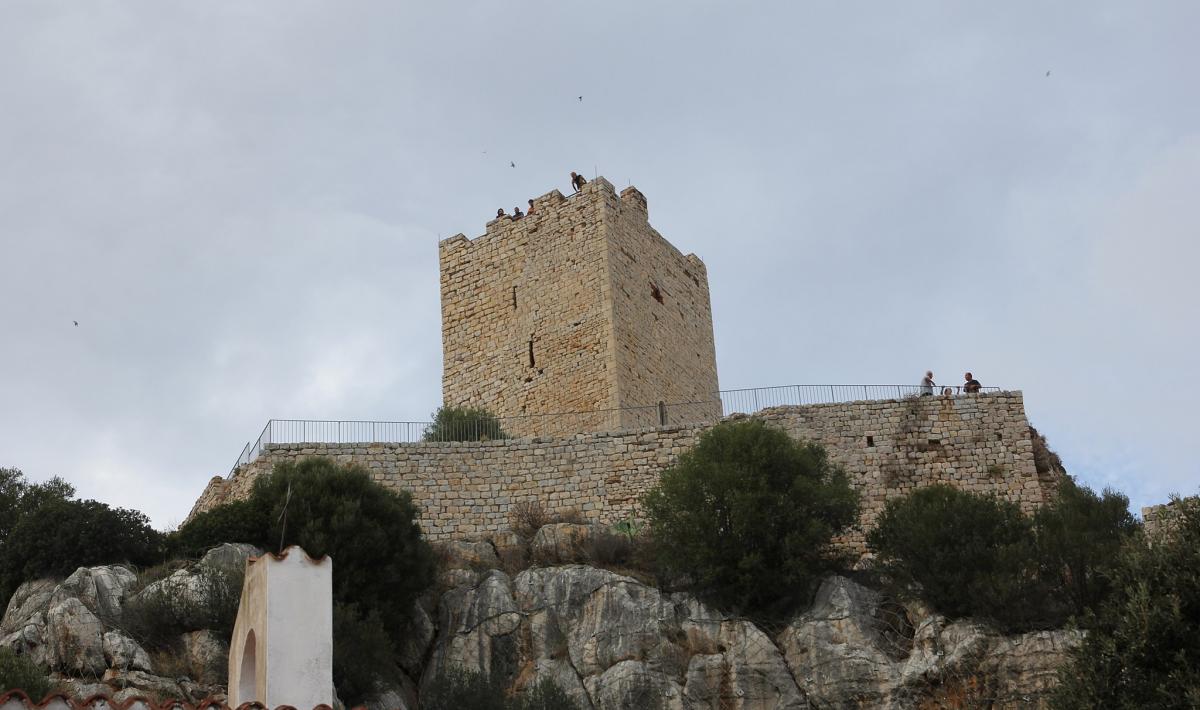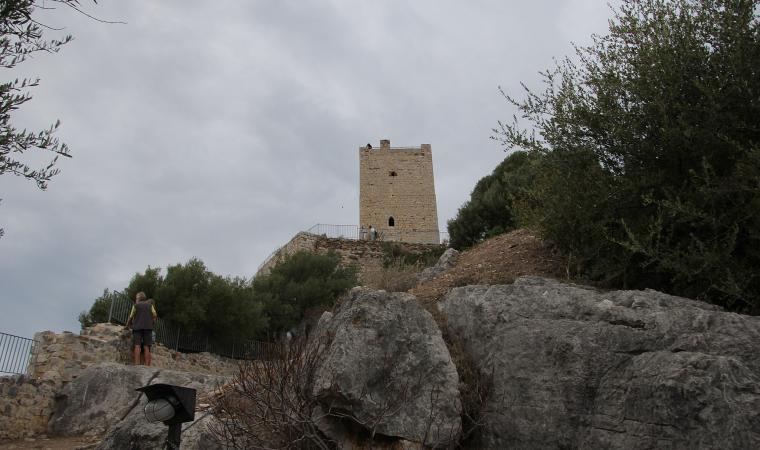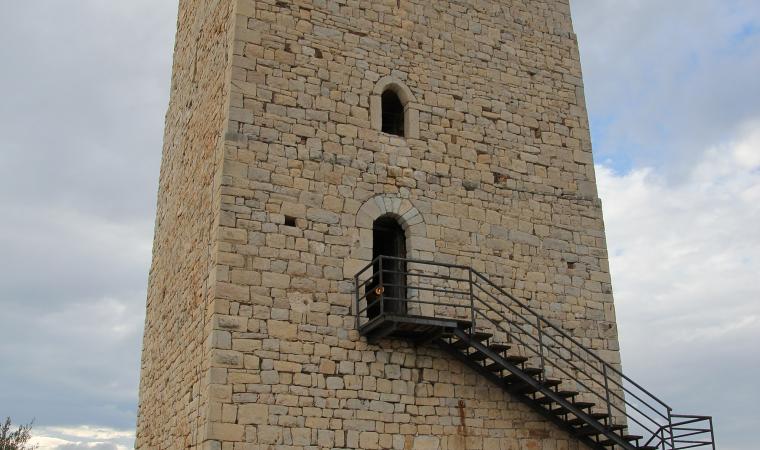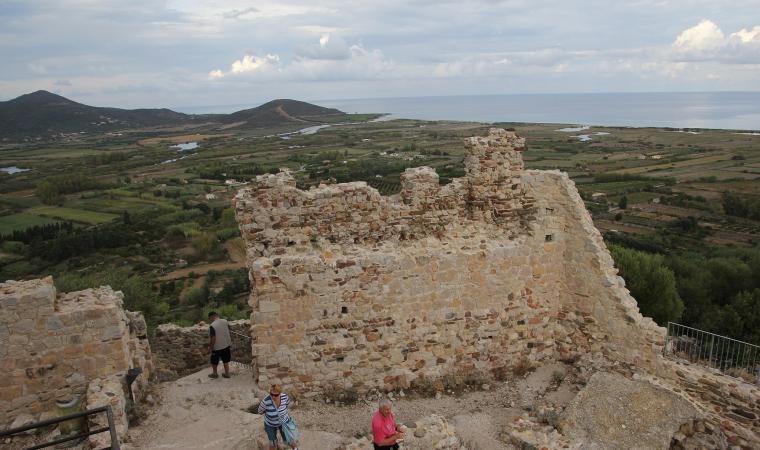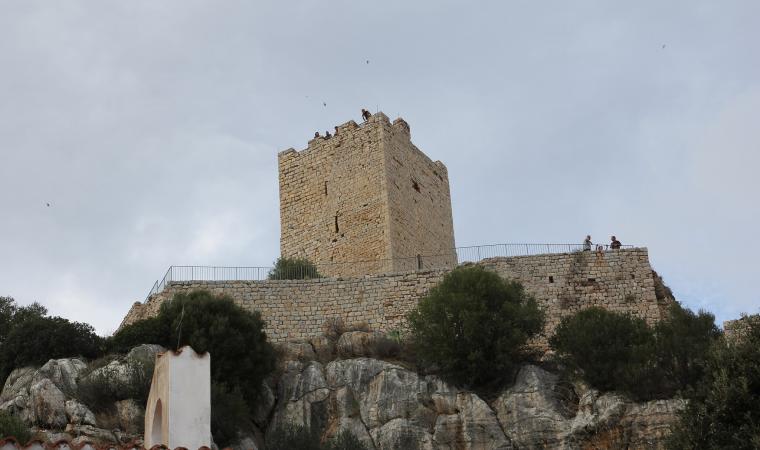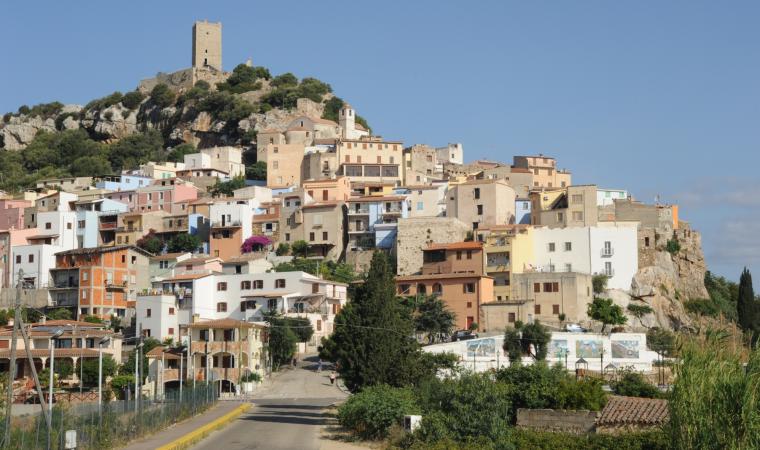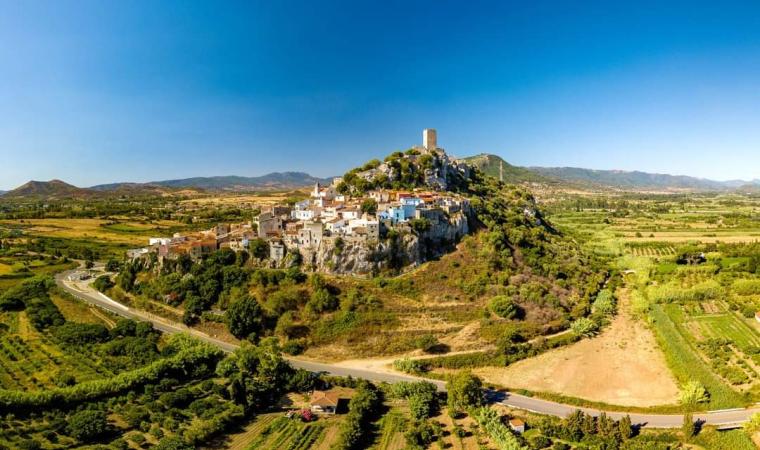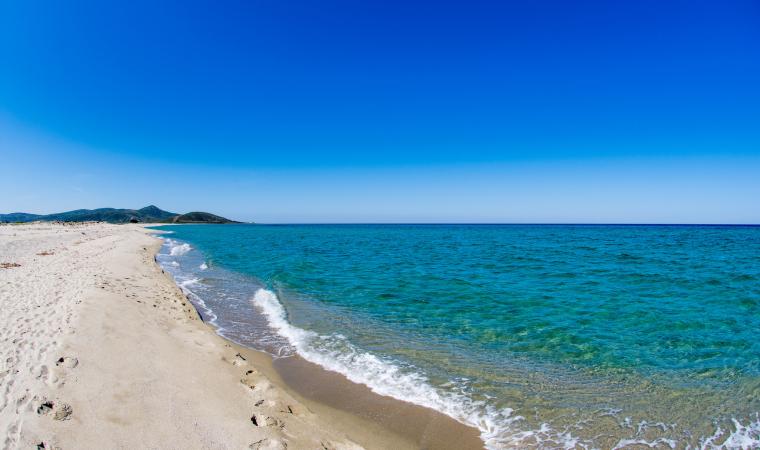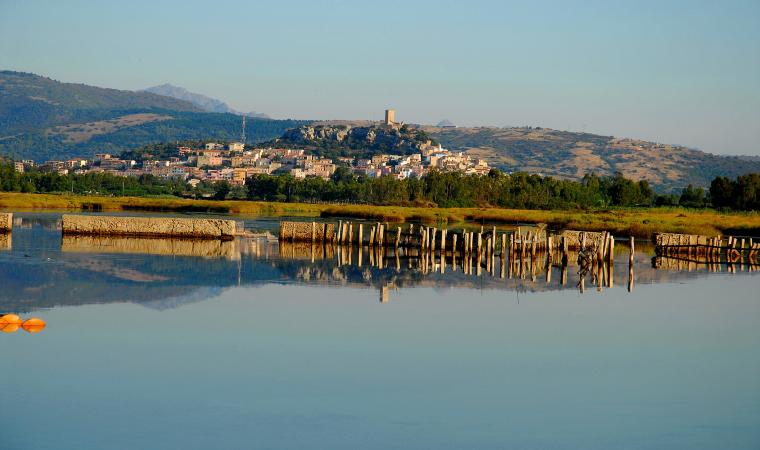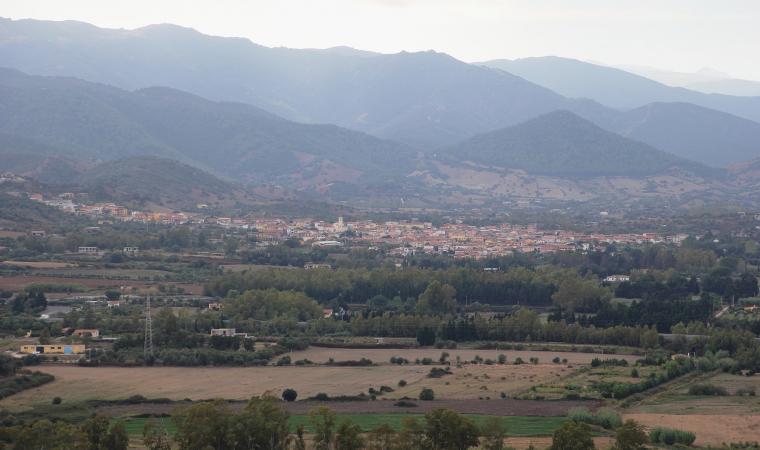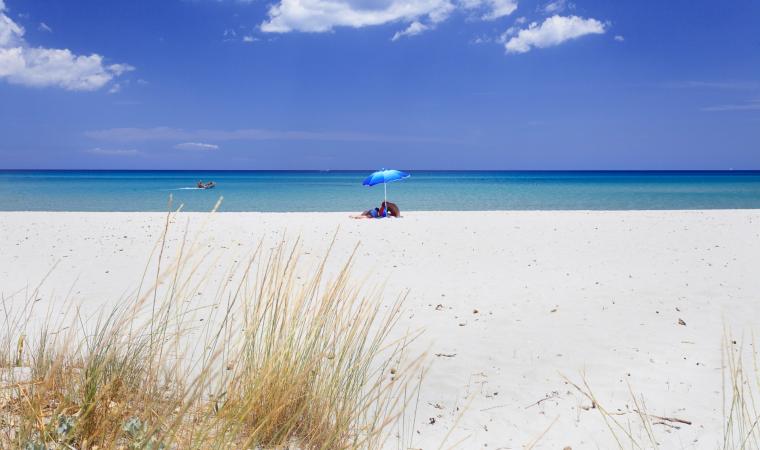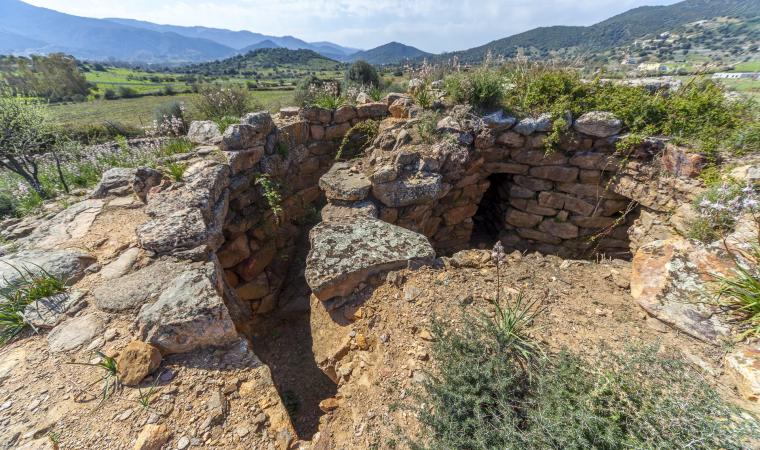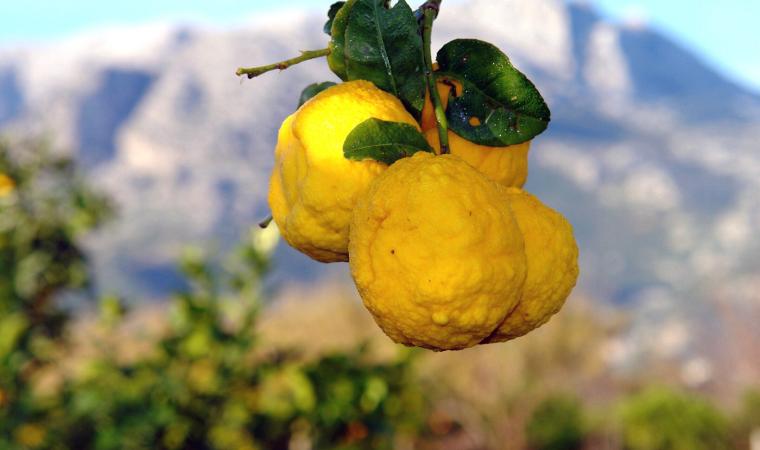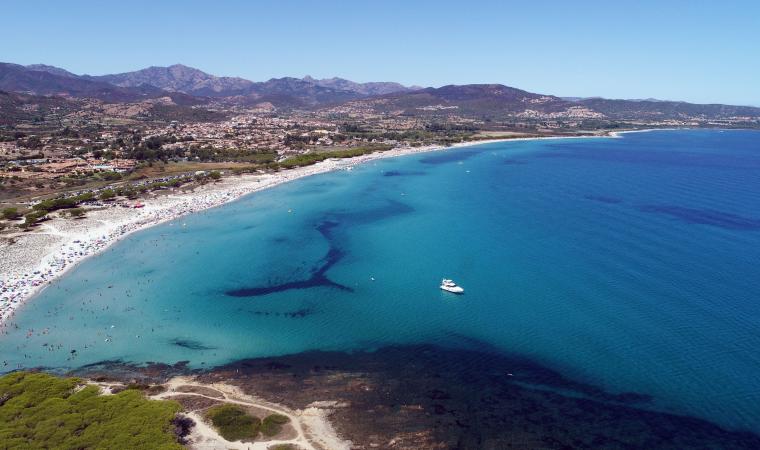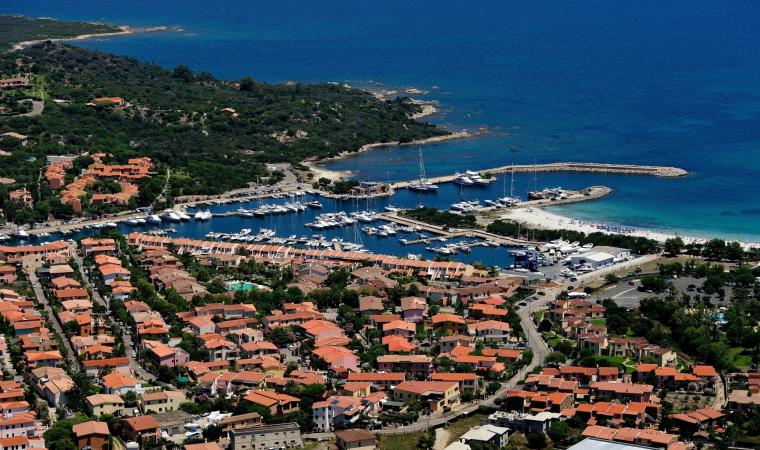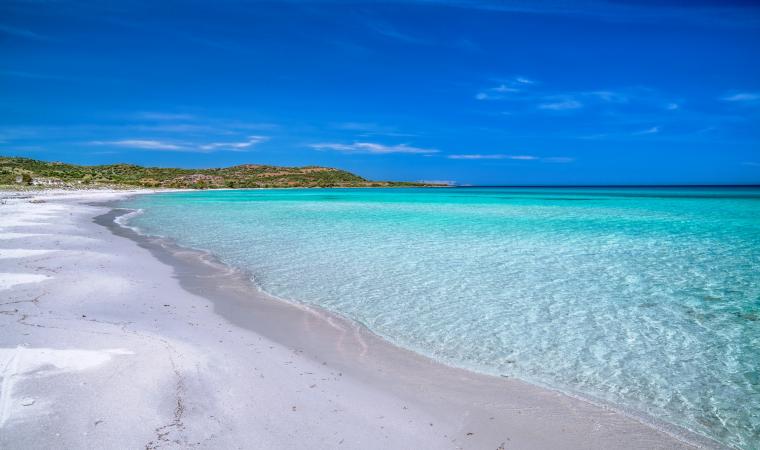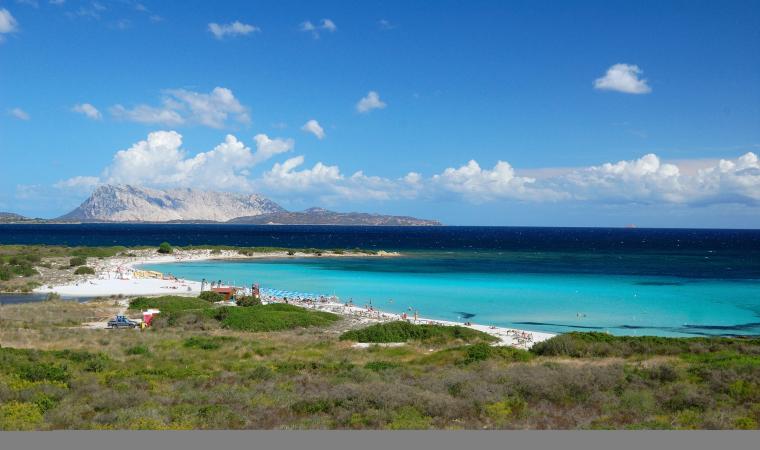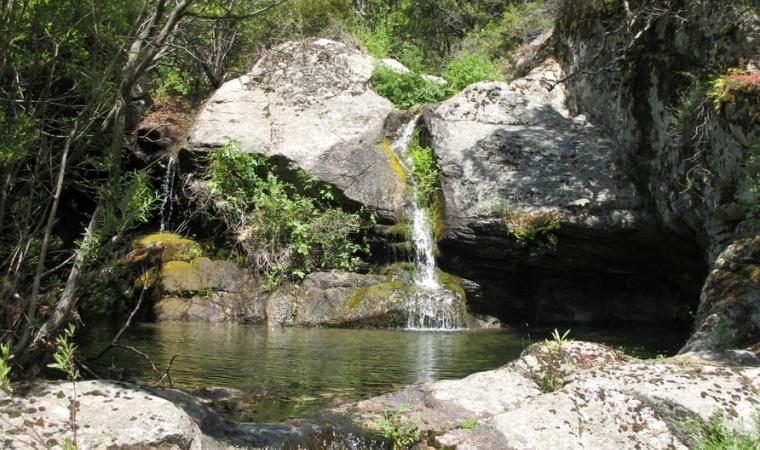In around 1300, a Turkish fleet (or Saracen) besieged Posada, attempting to conquer it through exhaustion and hunger. To deceive the besiegers, the inhabitants of the fortified village – by now exhausted and unable to withstand battle – fed all that remained of their foodstuffs (a handful of beans) to a pigeon. Before freeing it in flight, they wounded him. The bird fell into the enemy camp with a full stomach. The strange swelling was noticed and so was the abundant meal, causing the Arabs to overestimate the resources of the castle, causing them to desist from the siege. It is the legend from which derives the name of the Castello della Fava, a fortress built by the Giudice of Gallura rulers in the 13th century. The legendary tale does not differ greatly from reality. From the 14th century, Posada was the ‘victim’ of raids from Saracen pirates, who spied a treasure from the sea, often coming ashore to loot it. Not by chance, the medieval village – set amidst the league of the most beautiful villages in Italy – is a ‘labyrinth’ of narrow alleys and hidden piazzas. The architecture itself recalls the ambushes, assaults and escapes.
Built with small pieces of barely-worked stone, the castle can be visited, rising atop a verdant calcareous hill, on whose slope the current inhabited centre is perched. Upon making the easy climb up the elevation, the crenelated tower and the ruins of the walls can be admired, the irregular quadrangular layout having once also surrounded a series of cisterns. From the top, a panorama can be enjoyed stretching from the valley of the Rio Posada (which can be travelled along by kayak) to the enchanting beaches around the seaside village of San Giovanni di Posada. This is the territory of the Parco di Tepilora, one of the largest and most beautiful green areas of the island, with paths winding through the forests, springs, lagoons and sand dunes, ideal for trekking and biking excursions.
During the time of the Giudice di Gallura, Posada saw the apex of its historical events, on the border between the Giudice di Gallura and those of Arborea. The two kingdoms long contested the castle and, in 1380, it even ended up in the hands of the Aragonese before returning to the Arborese under the command of Brancaleone Doria. Unlikely to have been a military garrison, but rather a residence for the ruling parties, perhaps even of Eleonora d’Arborea. Some think it was a tourist residence ante litteram. Posada was a borderland even before the Middle Ages, the toponym Pausata meaning ‘staging post’ and ‘frontier location’. Its history began around the 5th century BC on the ashes of the Phoenician Feronia, perhaps an Italic-Etruscan settlement, one of the oldest inhabited areas of Sardinia.

